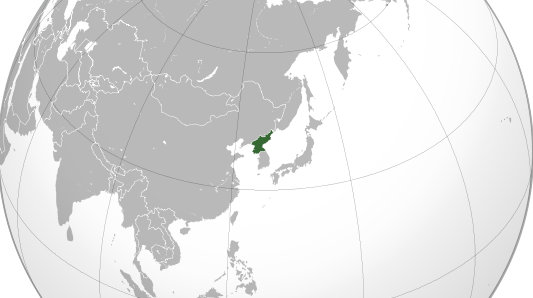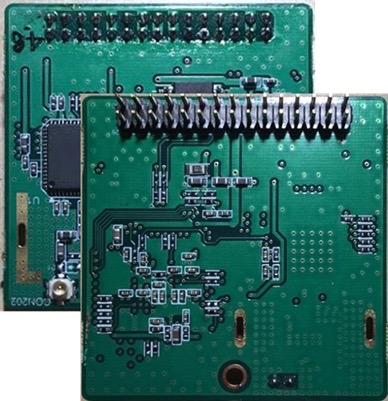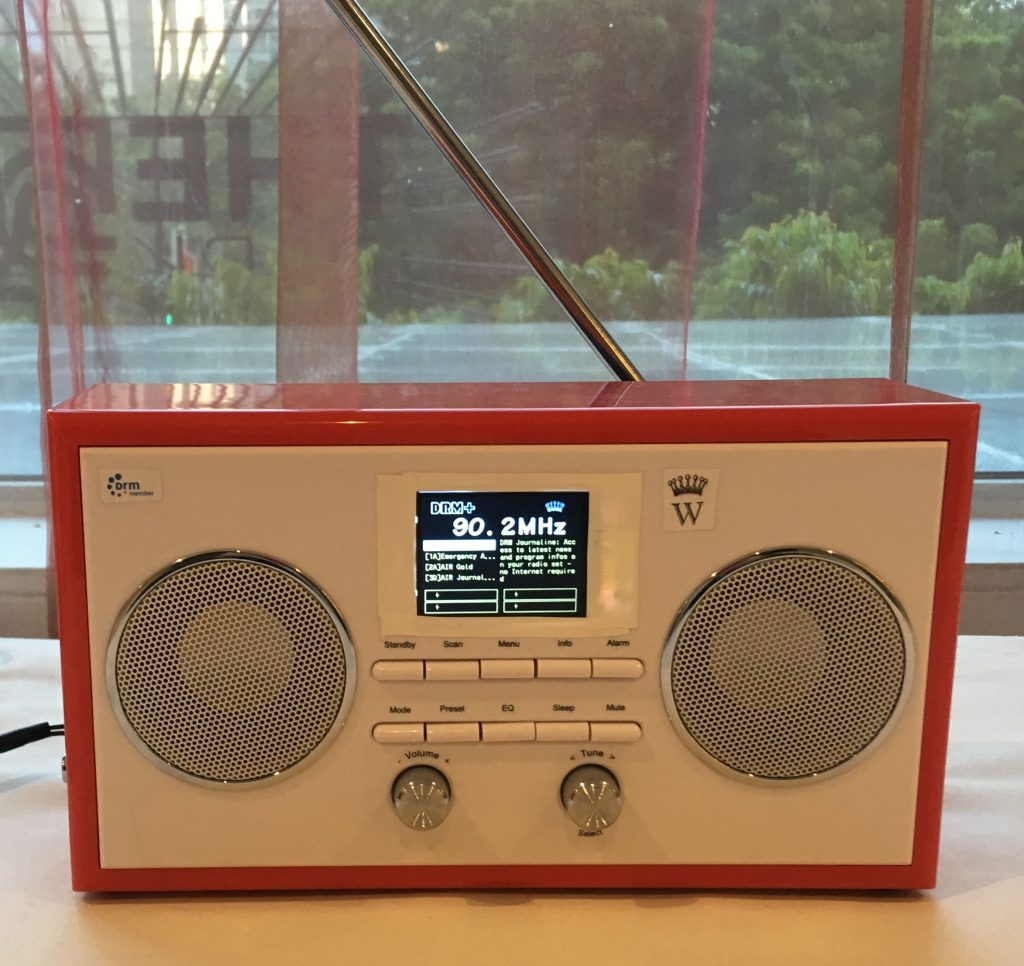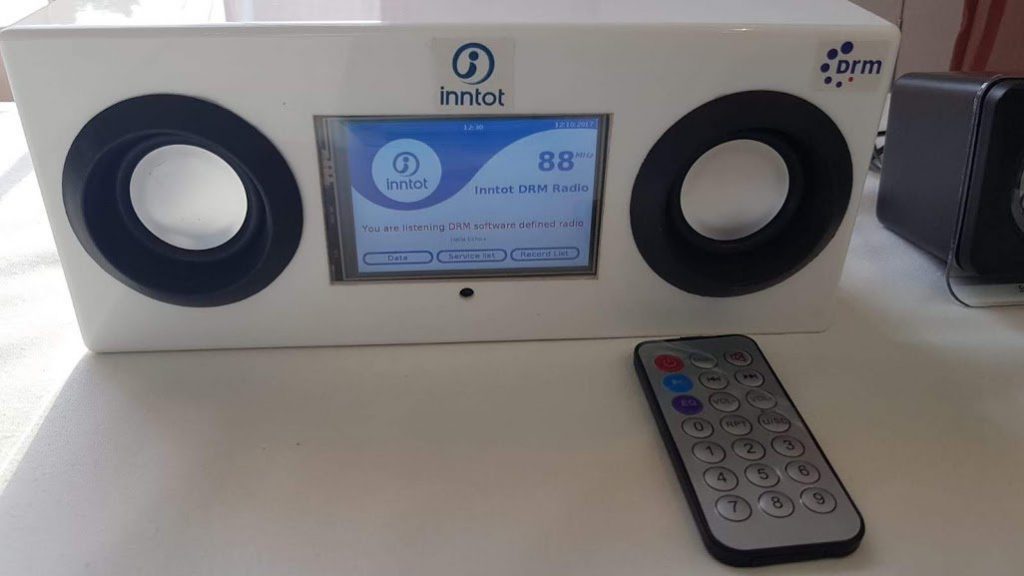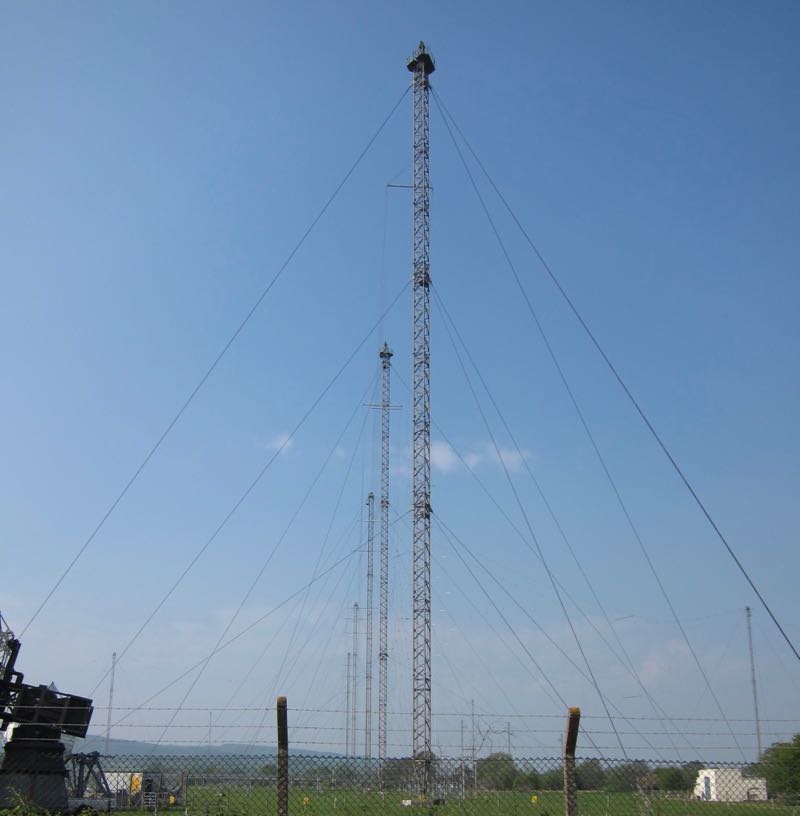Many thanks to a number of SWLing Post readers who shared this latest press release from Silicon Labs. This is certainly a major upgrade to the Silicon Labs line of tuners/DSP chips. Native Digital Radio Mondiale (DRM) support will, no doubt, meet the needs of car manufactures in countries (like India) that have adopted DRM rather than HD radio and DAB/DAB+. Of course, perhaps this might lead to an affordable DRM portable in the future:

Silicon Labs enhances Si479xx automotive tuner family with software-defined radio (SDR) technology.
(Source: Silicon Labs)
AUSTIN, Texas, July 29, 2019 /PRNewswire/ — Silicon Labs (NASDAQ: SLAB), a leading provider of automotive radio solutions, has introduced new hybrid software-defined radio (SDR) tuners, expanding its portfolio to meet the growing need of automotive radio manufacturers to support all global digital radio standards with a common platform. The new Si479x7 devices are Silicon Labs’ first automotive radio tuners supporting the Digital Radio Mondiale (DRM) standard. The Si479x7 tuners are an extension of Silicon Labs’ popular family of Global Eagle and Dual Eagle AM/FM receivers and digital radio tuners, providing the same outstanding field performance, pin and package compatibility between single and dual tuners, and bill of materials (BOM) cost advantages.
In addition to introducing new DRM-capable tuners, Silicon Labs is enhancing its Si4790x/1x/2x/5x/6x automotive tuners with unique “SDR-friendly” technology, effectively transforming these devices into hybrid SDR tuners. Silicon Labs’ hybrid SDR technology includes advanced DSP-based automotive features such as Maximal Ratio Combining (MRC), Digital Automatic Gain Control (AGC), Digital Radio Fast Detect and Dynamic Zero-IF (ZIF) I/Q. These features enable automotive radio manufacturers to support global digital radio standards with a common radio hardware and software design. This added flexibility helps OEM and Tier 1 customers reduce design, qualification, sourcing and inventory costs while avoiding the complexity and inefficiency of supporting multiple automotive radio platforms.
“Silicon Labs’ automotive tuners with hybrid SDR capabilities deliver the highest integration and reception performance and the lowest BOM cost of any automotive SDR tuners in mass production today,” said Juan Revilla, General Manager of Broadcast Products at Silicon Labs. “Our tuners with advanced digital radio features enable radio manufacturers to develop a single platform to demodulate and decode worldwide digital radio standards, greatly simplifying car radio designs and reducing system cost. A single digital radio platform can be achieved either with an SDR-based design approach or by using a tuner-plus-coprocessor design.”
Silicon Labs’ automotive tuner portfolio includes highly integrated single and dual device options with best-in-class AM/FM receiver performance. The portfolio supports all broadcast radio bands including AM, FM, Long Wave, Short Wave, Weather Band, HD Radio, DAB (Band III) and DRM. The tuners are built on Silicon Labs’ industry-leading RF CMOS technology, delivering outstanding automotive receiver performance. The tuners’ proven mixed-signal, low-IF RF CMOS design provides excellent sensitivity in weak signal environments and superb selectivity and intermodulation immunity in strong signal environments.

